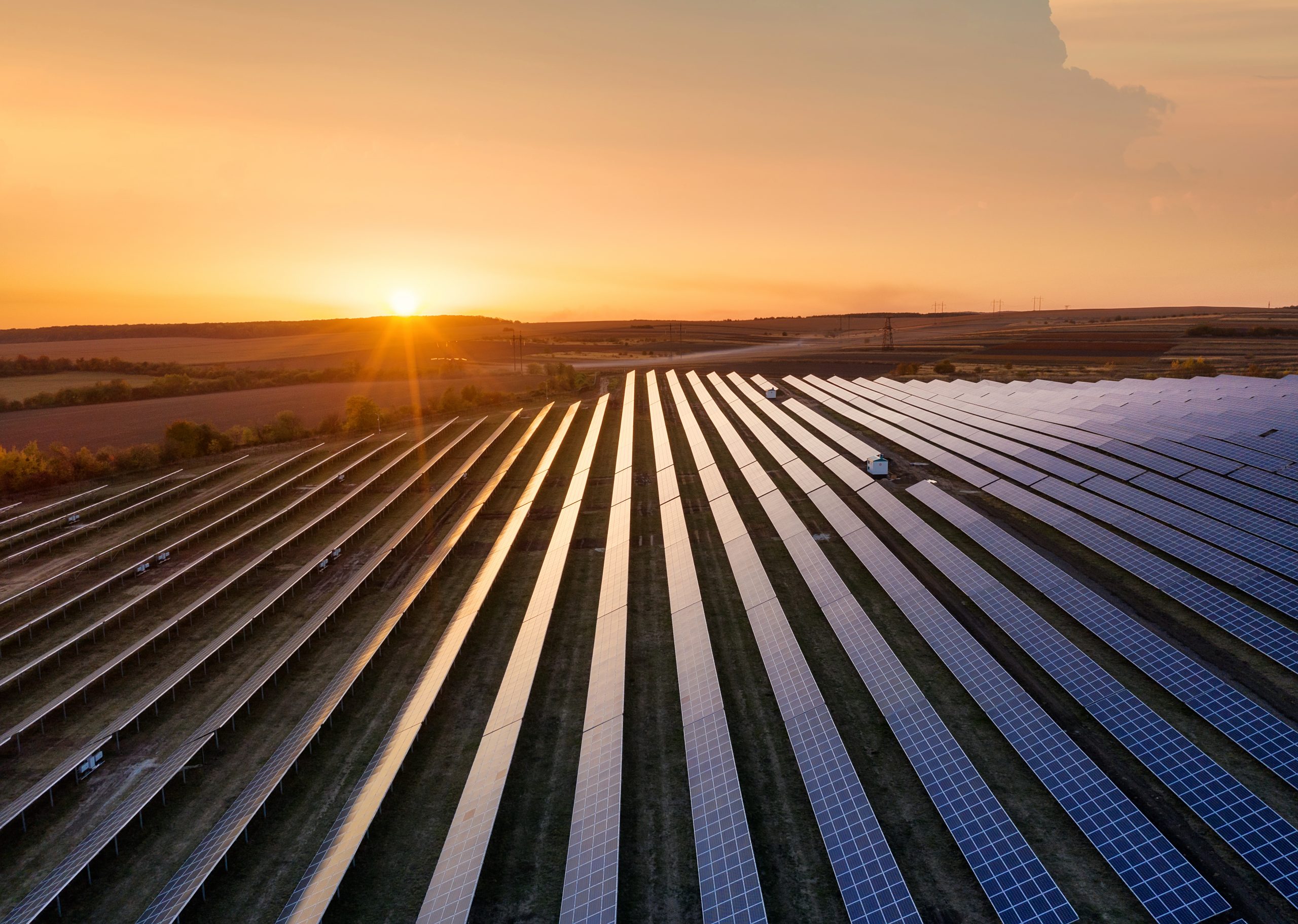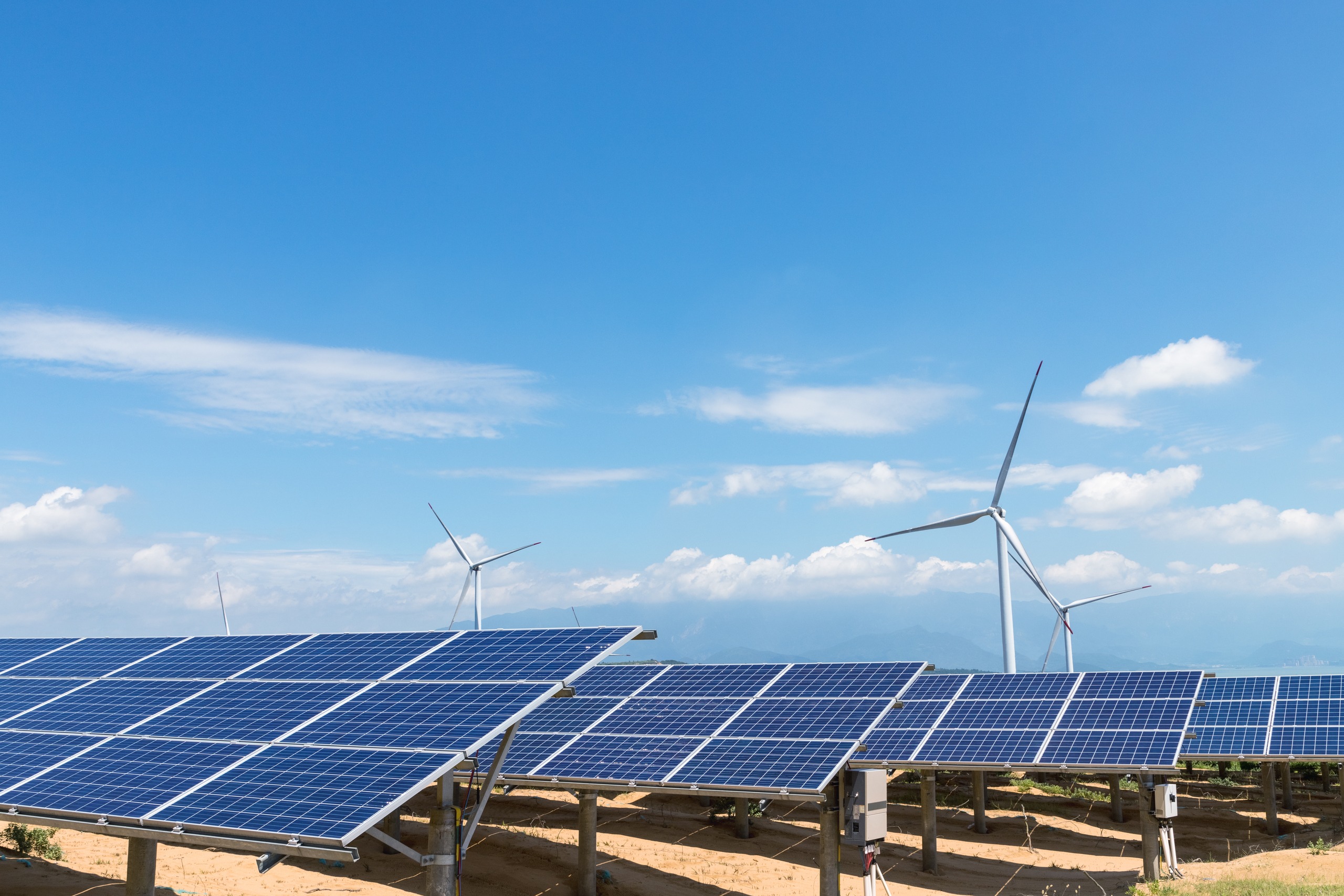For at least 150 years, human activity has been the primary responsible for emissions of greenhouse gases into the atmosphere.
The imminent threat of climate change has been pushing the need for energy transition by the industrial sector. Since the Kyoto protocol, industries have been developing roadmaps for a more sustainable operation with greater control over carbon emissions balanced with asset performance.
Later, the Paris Agreement defined the need to contain global temperature by 2 degrees Celsius annually. And, in 2021, the COP26 (The United Nations Conference on Climate Change) reiterated the need for effective actions with urgency to contain climate change.
According to data from the EPA (the United States Environment Protection Agency) the industrial sector was responsible for at least 24% of GHG emissions in 2020. The combustion of fossil fuels and the use of chemical reagents are the main factors responsible for this high gas emission.
The warning about the impacts generated by global warming is on, and it is now up to industries to work towards decarbonizing their operations and move towards a renewable source of energy.
Advances in renewable energy development
In recent years, access to technology has provided a major breakthrough in manufacturing renewable energy. Photovoltaics and wind energy are the most efficient methods to date.
According to a report produced by Martin Armstrong, the cost of solar-voltaic energy was around $378 in 2010, falling to just $68 by 2019. The cost-effectiveness of producing this type of energy is already better than extraction from nuclear power and coal, for example.
However, the energy transition to these energy sources is not just a simple change, but a long process that still needs some enablers. Historically industries have been dependent on energy from the burning of fossil fuels or from electricity. This legacy shows that the energy transition required by the industry has a long way to go.
Read on: Understand the main processes involving the decarbonization of industries
Challenges to transition
Although the economic potential of these energy sources is very large, there is still great difficulty in filling the gap in terms of energy efficiency and especially in the scalability of this type of energy.
Good perspectives regarding these challenges were generated with the development and roll-out of lithium-based batteries, capable of storing large amounts of energy and a better understanding of factors that directly contribute to energy loss, such as transportation, maintenance, and especially storage.

Financial
The scalability of renewable energy relies directly on investments so that projects in this area can be executed. Because it is an abrupt change between energy sources, the support of investors is fundamental for the development of this technology.
Infrastructure
Unfortunately, there is still a large gap in infrastructure for the application of renewable energy on a large scale around the world. This challenge is intrinsically linked to the need for investment in the sector. As political pressures increase, more investment is being raised. However, there is still a need to develop an efficient infrastructure that can support large-scale grids
Change of culture and technical capacity
Because this is a new process, the application of digital transformation technologies to this type of operation has the potential to effectively reduce GHG emissions dramatically. But for this to happen there is still a long way to go towards a change of culture about our energy systems. In addition to the need for technical improvement so that industries can adapt to a new energy scenario.
How Digital Transformation’s Digital Twin can empower energy transition and efficiency
The digital twin is a technology consisting of a continuous flow of data between real assets and their digital replica. The intelligent use of field or any available data through data ops and predictive algorithms provides a holistic operational awareness based on contextualized real data about what is really happening in the operation.
Read: understand the main concepts and applications of a digital twin for the maintenance and operation phase.
Such information becomes indispensable for monitoring the lifecycle, performance, and energy efficiency of the assets in the grids.
Through the high-value knowledge generated by the digital twin, industries in the transition phase to renewable sources have the opportunity to have a great ally in this journey, being digital twin a technology that has been generating outstanding optimization within industrial processes and operations, especially those that have as a clear and defined goal the adequacy of their processes to net-zero. Fill out the form in the end to learn more!

Green Hydrogen
Green hydrogen is a classification of the chemical element in which its distinction from others is characterized by its low carbon emission compared to its peers. Usually produced from renewable energy and later submitted to a process of electrolysis by water, green hydrogen has become an excellent alternative for the decarbonization of complex industrial operations. Although its current production cost is still high, dozens of initiatives have generated prospects of making this technique viable for industrial segments in which electrification is a complex process, such as the cement and steel industries.
Conclusion
Despite the global need to contain global warming, there are still some challenges that need to be resolved in order for renewable energy to be more efficient and scalable to the masses.
Fortunately, with the advent of digital transformation, we have the necessary subsidies for the energy transition to be effectively accomplished with technical expertise and financial support.
Understand in detail how digital technologies are supporting the energy transition in industries by filling the form below.



